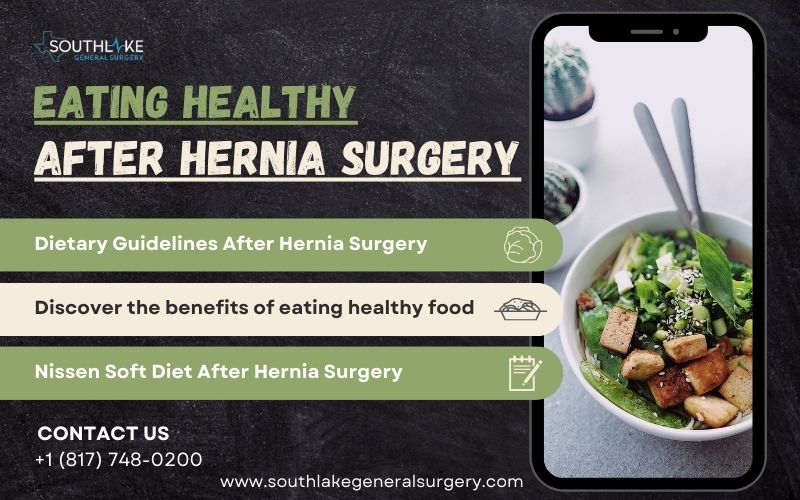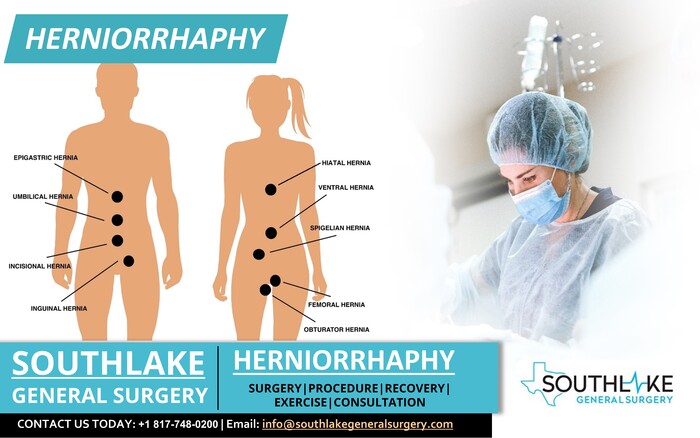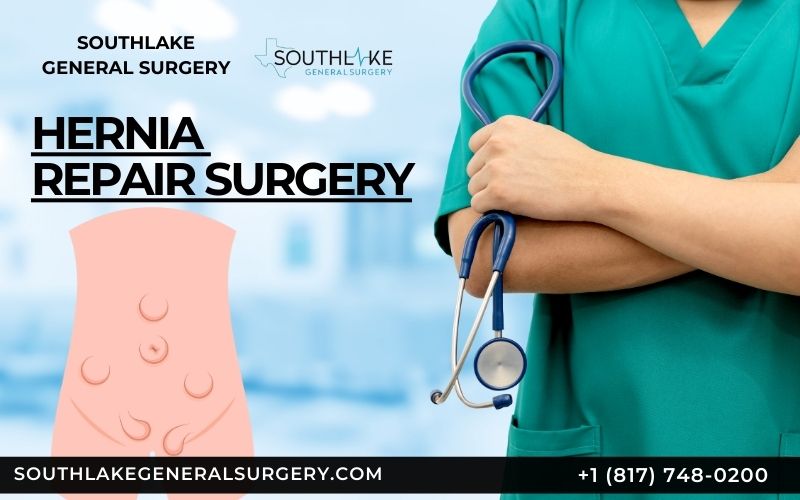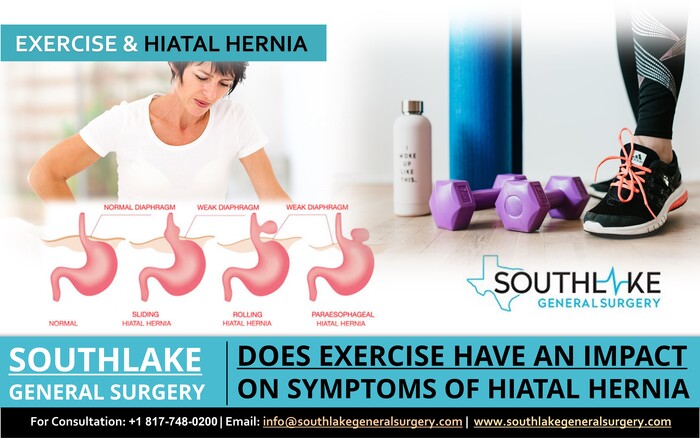An incisional hernia is a bulge or protrusion that occurs at the site of previous abdominal surgery. The bulge consists of abdominal contents, including the intestine and/or omentum, pushing through the weakened area of the abdominal wall. In medical terms, incisional hernias are sometimes also known as ventral hernias.
Read More →
Hernia symptoms typically appear out of nowhere and can cause excruciating amounts of discomfort. If you have a hernia, you may experience pain or discomfort in your abdomen, groin, or belly area.
Read More →
Eating healthy after hernia surgery is necessary for quick recovery and healing. Your diet plays an important role in the recovery process after surgery. Depending on where your hernia is, your diet plan may vary. Therefore, it is important to adhere to the dietary guidelines explained by your hernia surgeon to avoid any complications.
Read More →
A hernia is a condition in which a part of the body, usually the muscle or tissue, protrudes through an opening. Can a Hernia Trigger Back Pain? we will discuss this in this article.
Read More →
Diet After hiatal hernia surgery, you may be
wondering what to eat. This article will provide a list of foods that you
should eat after surgery.
Some foods that are good to eat after surgery include lean protein, whole grain, bread and cereals, fruits and vegetables, low-fat dairy products, and water.
Read More →
Recovery time after hernia repair surgery is based on the type of surgical procedure your doctor has proposed. There are two types of hernia surgeries that your doctor can suggest: Open Surgery and Laparoscopic Hernia Surgery.
Read More →
A herniorrhaphy is a surgical procedure to repair a hernia. In this procedure, your doctor repairs the weak spot in the abdominal wall. A hernia develops when an organ pushes through an opening of the muscle or tissue of the abdominal wall.
Read More →
Hernia repair surgery is also known as herniorrhaphy or hernioplasty and it is used for the treatment of a hernia. There are three types of hernia surgery – Open Hernia Surgery, Laparoscopic Surgery, and Robotic Surgery.
Read More →
A hernia is an ailment that occurs when the internal organs, tissues, or intestines push through an opening in the muscle or tissue leading to hernia pain.
Read More →
A hiatal hernia is another type of hernia where a portion of the upper stomach pushes over the diaphragm and into the chest.
Read More →
A hiatal hernia is a condition when an upper section of the stomach stretches out up through the diaphragm and into the chest region. This condition may develop severe symptoms of acid reflux or GERD and through medicines, these symptoms can be treated. In case, medicines don’t work, your doctor may suggest hernia surgery as a treatment.
Read More →
A hernia in the epigastric area of the abdominal wall is known as an Epigastric hernia. It is found above the belly button and just underneath the sternum of the rib cage. A hernia usually happens when an organ is pushed through a weak spot or opening in the tissue or muscle.
Read More →
A strangulated hernia is a perilous ailment. Fatty tissue or a part of the small intestines pushes through a debilitated space of the abdominal muscle. The nearby muscle then locks down all over the tissue, blocking the blood circulation to the small intestine.
Read More →
A hiatal hernia is one more sort of hernia that occurs when the upper portion of the stomach pushes over the diaphragm and into the chest area.
Read More →
Our abdominal muscles are strong enough to hold the
intestines and other organs at their right spots. At times, the intra-abdominal
tissues can be pushed through a debilitated spot in muscle during overstretching.
In case a part of tissue pushes through the mass of the femoral canal, it is
known as a femoral hernia also called a femorocele.
Read More →
Inguinal hernia surgery is a common procedure to repair a hernia that has developed in the groin area. This kind of hernia happens when a part of the intestine or abdominal tissue protrudes through a weak area in the abdominal muscular wall.
Read More →
















